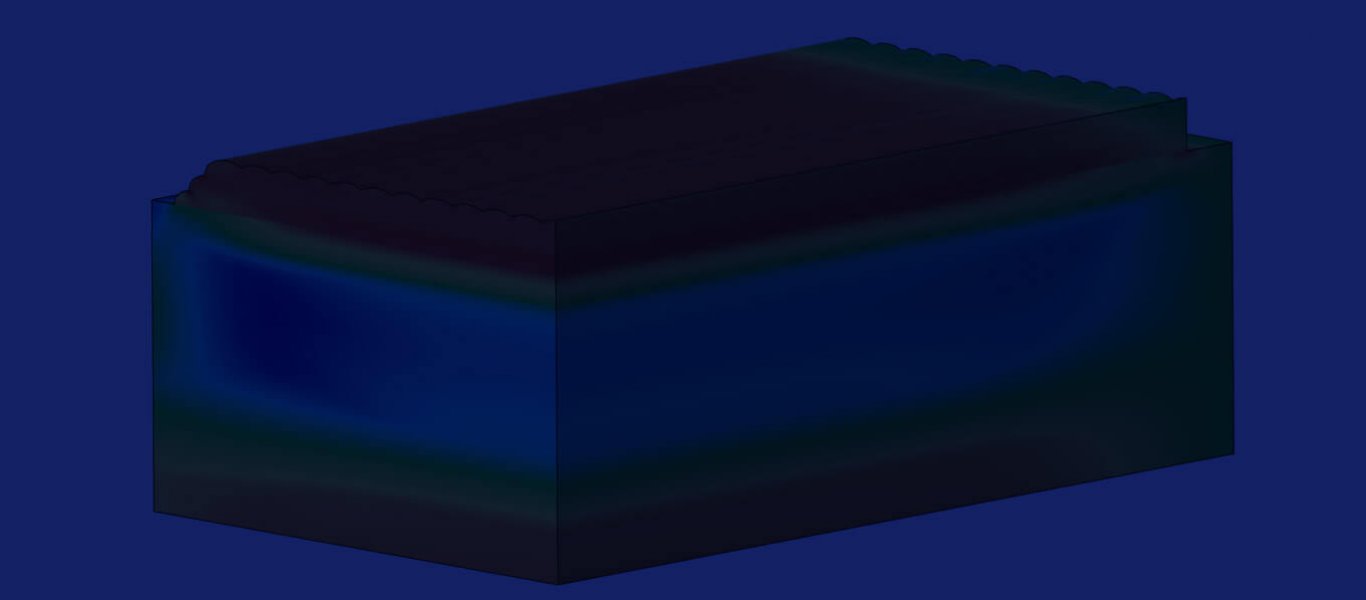Residual Stress Consultancy
VEQTER’s expertise in residual stresses extends beyond measurement into understanding their impact on the performance and structural integrity of engineering components.
Using our advanced analysis tools, we provide added insight into the residual stresses measured and their interpretation. Furthermore, we provide advice on the management and mitigation of residual stresses in circumstances where they are expected to be detrimental to performance.
Our continued strong link with the University of Bristol ensures that we continue to employ the most up-to-date and validated modelling methodologies. Specific areas where our unique knowledge of residual stress measurement techniques and predictive methodologies combine to provide unparalleled expertise are:

DHD simulation through a pipe girth weld.
GUIDANCE ON MEASUREMENT TECHNIQUES
Providing customers with an informed choice as to the most appropriate residual stress measurement locations for their specific component, the optimal number of measurements to undertake, and the most suitable combination of measurement techniques to employ.

4-point, copper bent beam calibration tests.
MEASUREMENT SIMULATIONS
The provision of numerical measurement simulations allows customers to intelligently interpret both measurements and finite element predictions. We are finding that this is one of the best routes for customers to fully understand the implications of, for example, the material hardening model used in their analyses.
RESIDUAL STRESS MAPPING
Providing customers with a full three-dimensional residual stress tensor at all points in a component from a limited set of measurement results. Our mapping algorithms permit an initial residual stress state in a component to be inferred without the need for a full and prolonged numerical model. This initial residual stress state may then be used for further calculations.
ADVICE ON TEST PROGRAMMES
We design and perform benchmark tests for clients seeking to determine the necessary parameters required in their study. We then report back the results of the characterisation and validation experiments.
INDEPENDENT REVIEWS
We provide an independent scrutiny of both numerical and experimental reports concerning residual stresses and fracture.

Mapping using measured residual stresses from 4 locations.


